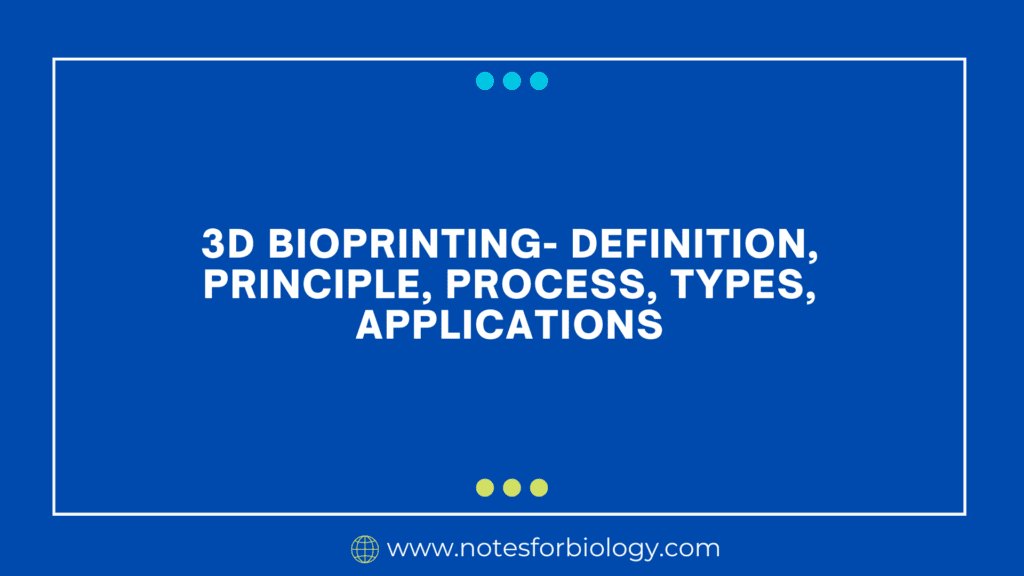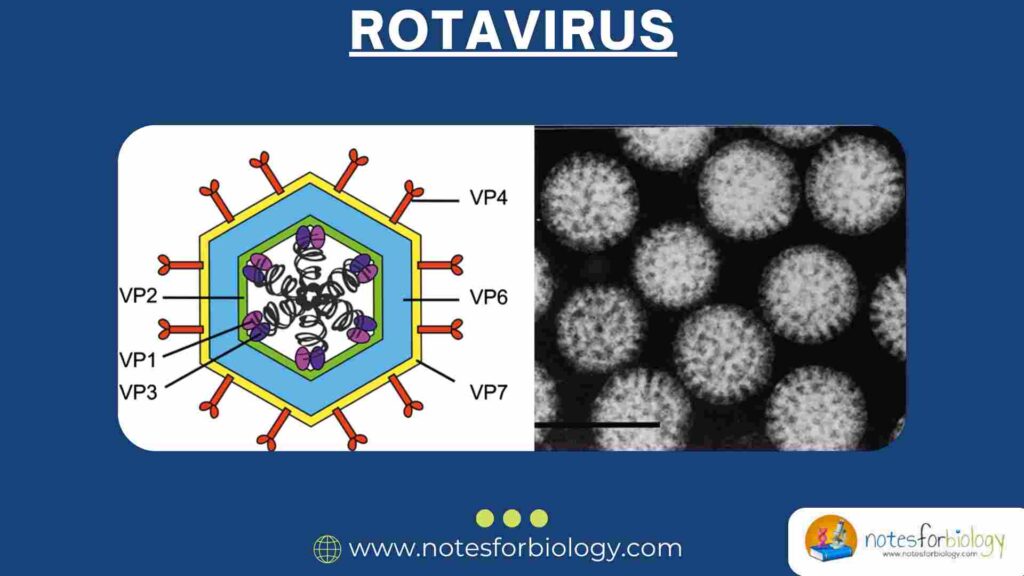Bird Seed Agar (BSA) is a specific growth medium used to selectively cultivate and differentiate Cryptococcus neoformans, a pathogenic yeast. The medium’s unique feature is its capacity to stimulate the development of melanin in Cryptococcus neoformans, resulting in striking brown to black colored colonies.
Table of Contents
What is Bird Seed Agar?
Bird Seed Agar (BSA) is a specific culture medium used in microbiology to selectively cultivate and differentiate Cryptococcus neoformans, a pathogenic yeast. This media takes advantage of the yeast’s particular capacity to create melanin when exposed to chemicals like caffeic acid found in specific seeds, resulting in the production of different pigmented colonies.
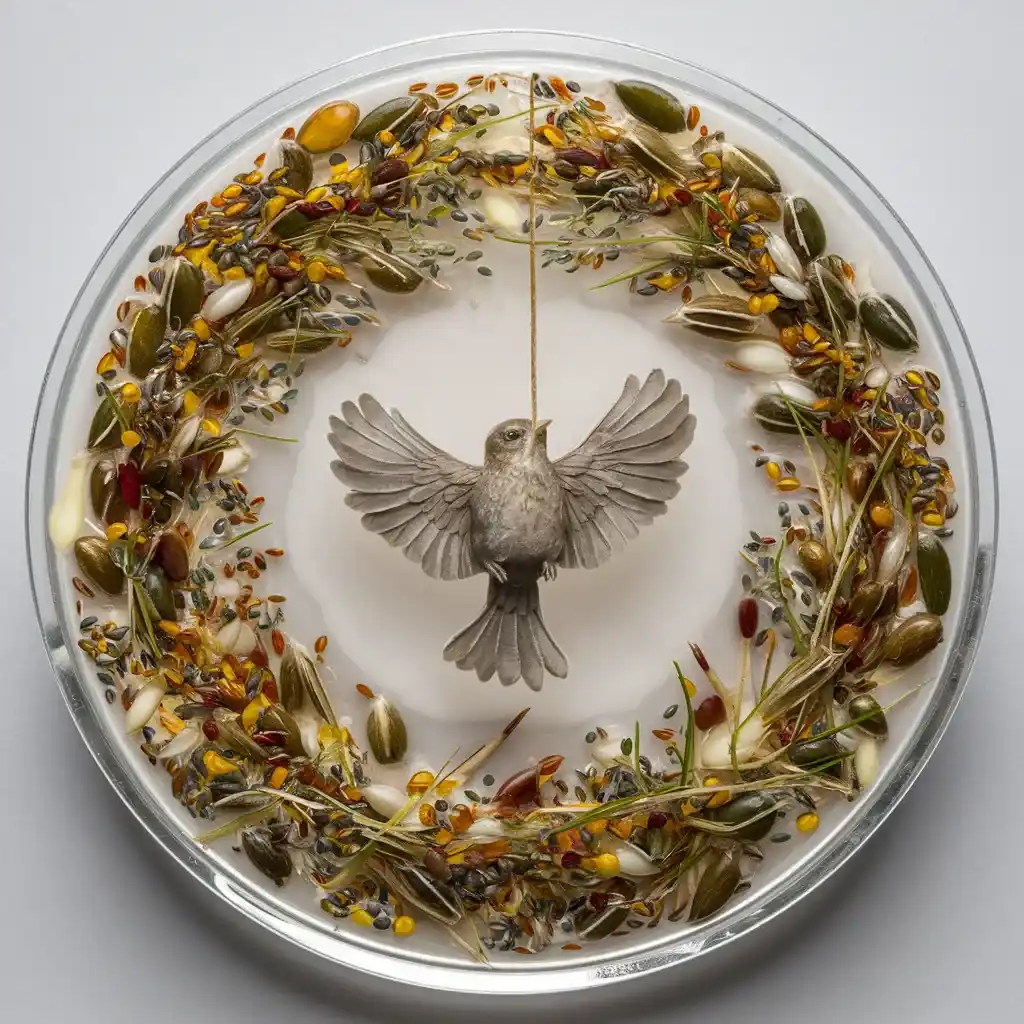
Bird Seed Agar (Caffeic Acid Agar) is a specific microbiological medium used largely for the isolation and identification of Cryptococcus neoformans, a pathogenic yeast that causes cryptococcosis, especially in immunocompromised people.
Composition
Bird Seed Agar is often composed of the following:
Guizotia Abyssinica (Niger) seed extract: 10 grams
Peptone: 10 grams
Dextrose: 2 grams
Agar: 20 grams
Distilled water: 1000mL
Antibiotics are optional. Chloramphenicol or gentamicin can be used to inhibit bacterial growth.
Principle
Bird Seed Agar works based on the ability of Cryptococcus neoformans to produce melanin when in contact with compounds like caffeic acid, which is present in the Niger seeds. Melanin production results in brown to black pigmented colonies, which are easily distinguishable from non-pigmented colonies of other organisms.
Key Components and Their Roles
1. Caffeic Acid (from Niger Seed Extract):
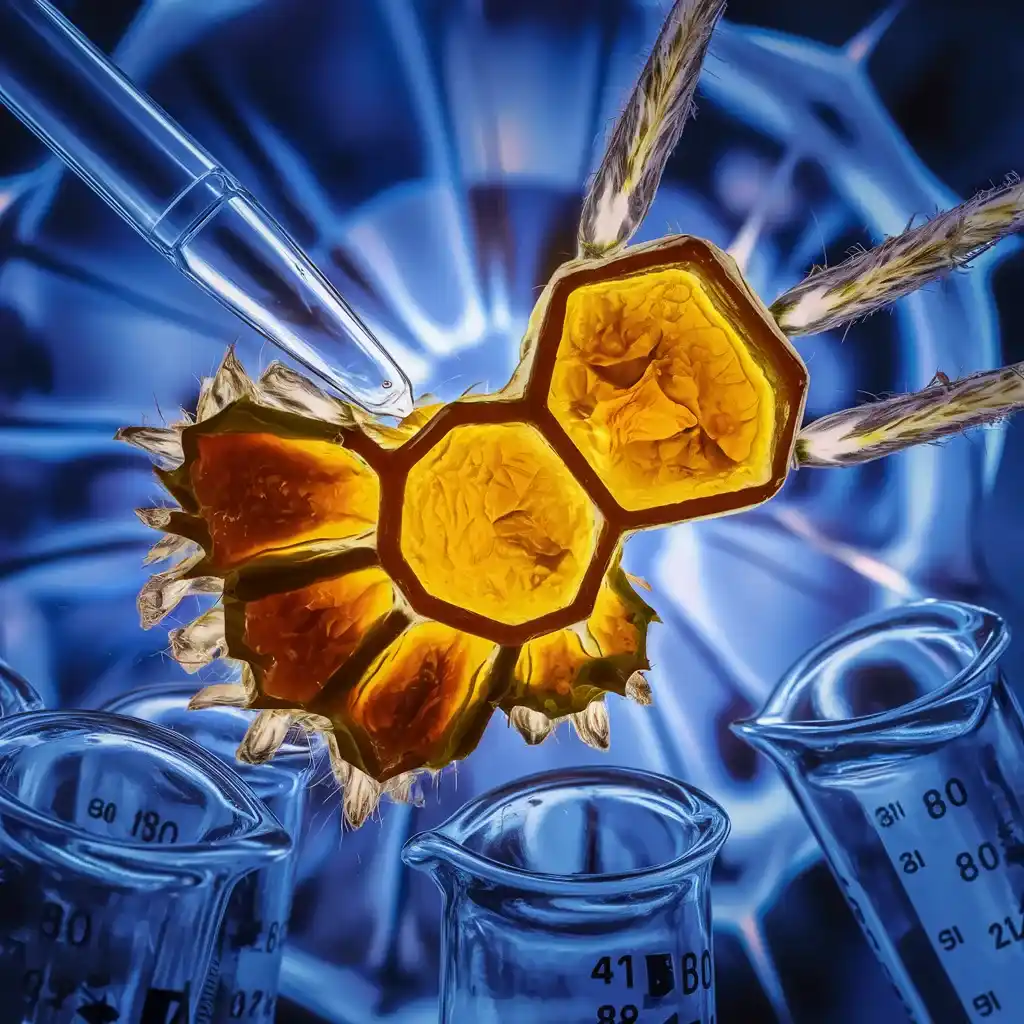
- Guizotia abyssinica (Niger) seed extract contains caffeic acid.
- Role: Acts as a substrate for melanin synthesis. Caffeic acid is important because C. neoformans uses it to synthesize melanin via enzymatic activity.
2. Phenoloxidase Enzyme:
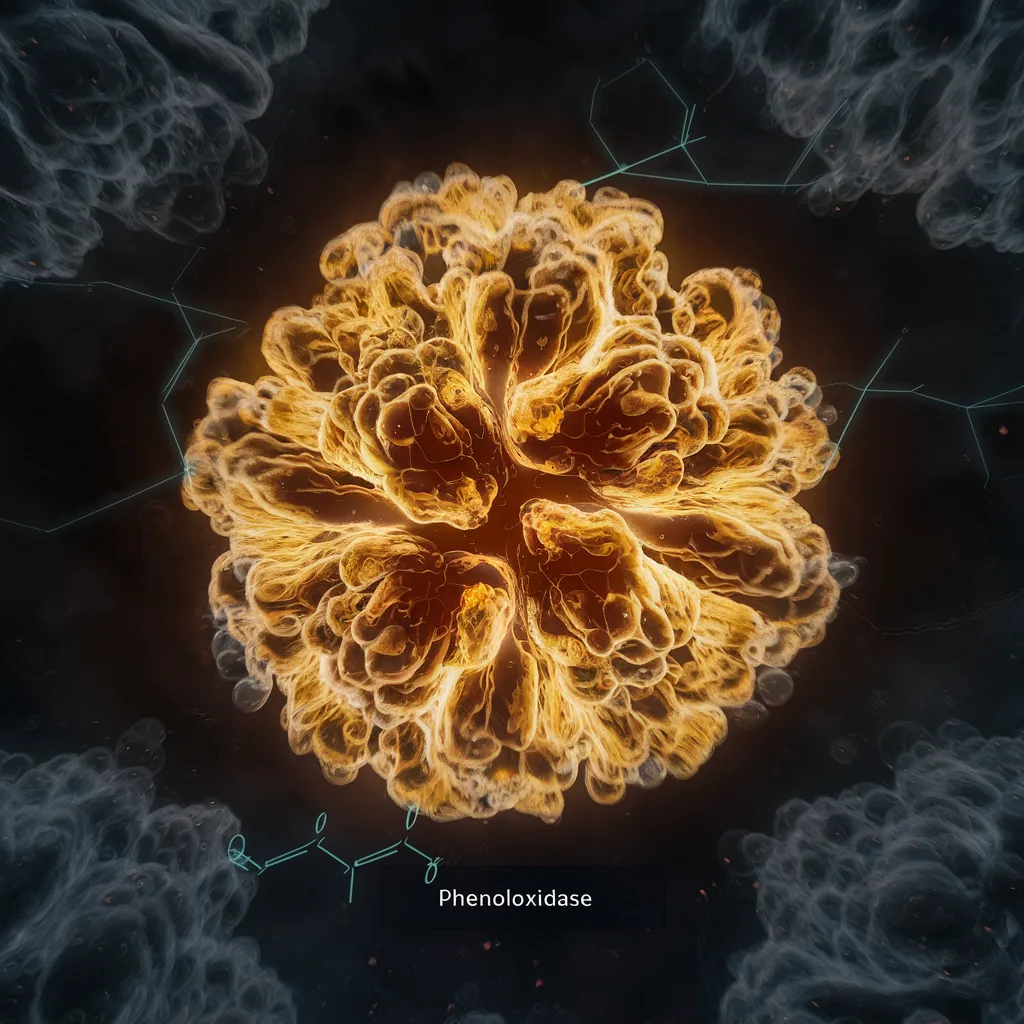
- This enzyme is found in C. neoformans and can oxidize phenolic chemicals.
- Function: Catalyzes the conversion of caffeine to melanin.
3. Melanin
- C. neoformans produces the end product of caffeic acid oxidation.
- Appearance: Brown to black pigmented colonies on agar.
Preparation
1.Ingredients:
- Guizotia abyssinica seed extract: 10-20 g/L (actual amount may vary depending on recipe or manufacturer).
- Peptone: 10 g/L.
- glucose: 20 g/L.
- Agar: 15 g/L.
- Distilled water: up to one liter.
2. Method:
- Heat the distilled water and stir in the peptone, glucose, and agar.
- Combine the Guizotia abyssinica seed extract with the mixture.
- Using a suitable pH adjuster (such as HCl or NaOH), bring the mixture’s pH to around 7.0.
- To sterilize the medium, autoclave it at 121°C for 15 minutes.
- Allow the sterilized medium to cool to about 50°C.
- Pour the medium into sterile Petri plates under aseptic conditions and let it harden.
Results
- Positive Result: Melanin production causes Cryptococcus neoformans to develop brown to black colonies on agar.
- Negative Result: Other yeasts and fungi often produce white or cream-colored colonies with no coloring.
Uses
- Bird Seed Agar is used to selectively isolate Cryptococcus neoformans from clinical specimens such as CSF, sputum, and other bodily fluids.
- The medium facilitates in the probable identification of Cryptococcus neoformans based on the colonies’ distinctive coloration.
Limitations
- False Negatives: Some Cryptococcus neoformans strains may not or only produce melanin in small amounts, resulting in false-negative results.
- False Positives: Other species or pollutants may create colored colonies on rare occasions.
- While Bird Seed Agar is effective for presumptive identification, more biochemical, serological, and molecular tests are required to definitively identify Cryptococcus neoformans.
- Specialized Use: The medium is intended solely for the cultivation and identification of C. neoformans.
Frequently Asked Question(FAQ)
What is Bird Seed Agar?
Bird Seed Agar (BSA) is a specific culture medium used in microbiology to selectively cultivate and differentiate Cryptococcus neoformans, a pathogenic yeast. This media takes advantage of the yeast’s particular capacity to create melanin when exposed to chemicals like caffeic acid found in specific seeds, resulting in the production of different pigmented colonies.
What are the Key Components of Bird Seed Agar?
The Key Components of Bird Seed Agar are:
1.Caffeic Acid (from Niger Seed Extract)
2.Phenoloxidase Enzyme
3.Melanin
Related Article


